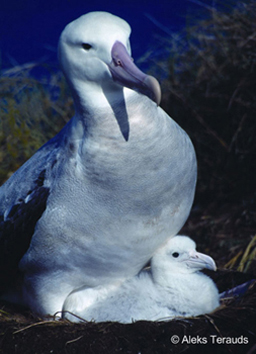Human dispersal and colonization over the last few millennia has spread four species of Eurasian rodents to many of the world's islands. These rodents are: ship or Black Rats Rattus rattus, Norway or Brown Rats R. norvegicus, Pacific Rats R. exulans and House Mice Mus musculus. Together with other exotic pests, they are a major threat to native biodiversity on islands. Australian islands have been no exception, especially since European colonization. Exotic rodents, particularly ship rats and perhaps mice, have been a key (and often the critical) cause of extinction, extirpation (local population loss) and decline of many native species, adverse changes to island ecosystems, as well as economic damage to island peoples' livelihoods and potentially to their health. The presence of rodents on islands also precludes many positive options to restore island values, and their presence on mainland Australia and elsewhere presents an ongoing risk to biodiversity. For Australian islands not currently invaded there is also a high risk.

Managing the threat from exotic rodents to island biodiversity therefore requires in situ management, by eradication or sustained control on invaded islands, education of the risk that rodent-free islands will be invaded, and/or timely reaction to invasions when quarantine is breached.
In 2006 the Australian Government listed exotic rodents on islands as a key threatening process under the Environment Protection and Biodiversity Conservation Act, 1999 and initiated the development of a threat abatement plan for rats and mice on islands less than 100 000 ha in area. This plan and its background document [click here] provide a national framework to guide and coordinate Australia's management of exotic rodents on islands to remove, mitigate and prevent their impacts on native species and ecological communities.
Currently, the only Australian island which supports both ACAP-listed species and introduced rodents is sub-Antarctic Macquarie Island, for which a rodent (and rabbit) eradication project is in progress [click here], with the actual eradication exercise to take place in winter 2010.
Information edited from plan summary. Posted 27 August 2009

 English
English  Français
Français  Español
Español